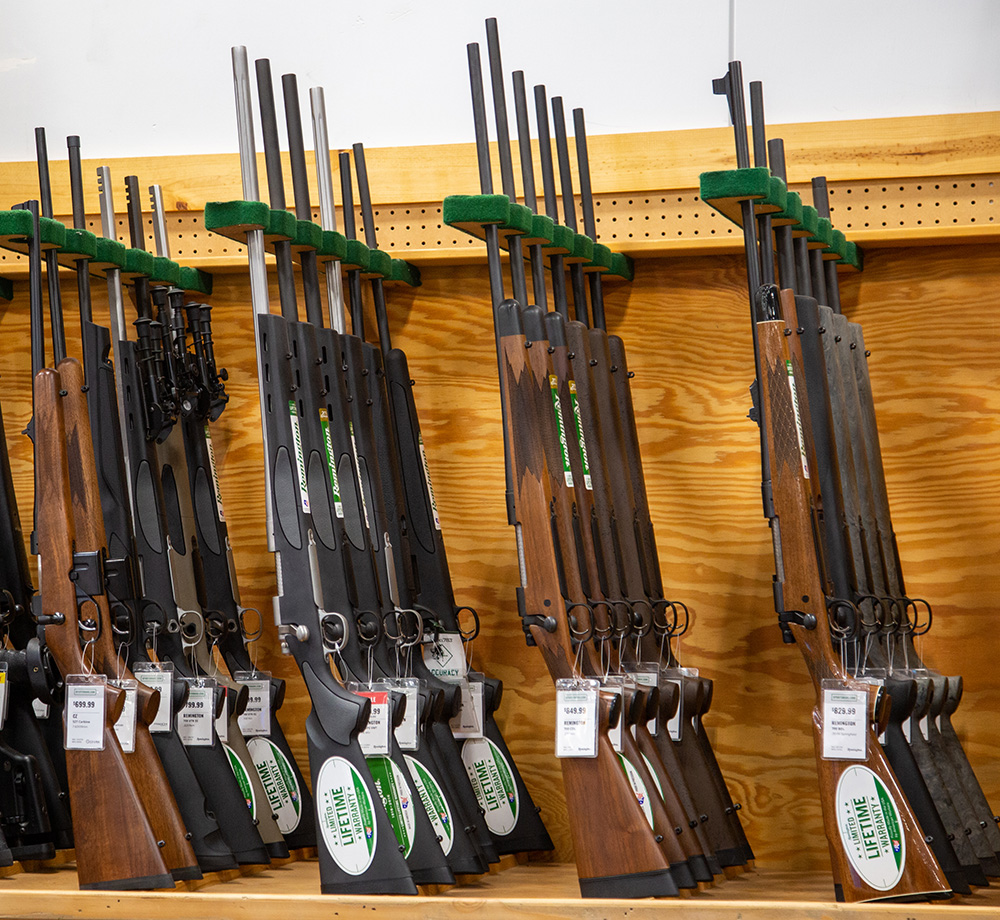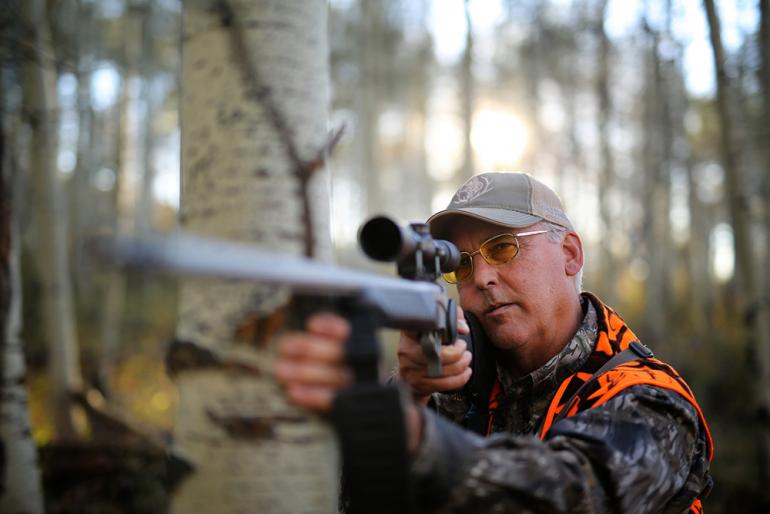Pickin' Heat
Advice on firearm selection.
Whether you’re new to hunting and looking to purchase your first rifle, or you’re an avid hunter considering an upgrade, choosing a firearm to add to your inventory can be frustrating. You sit down and spend time on the internet doing your due diligence, only to find that reviews and message boards are full of “gun religion”—everyone has an opinion, and they’re all right. What to do?
First and foremost, you need to understand that there’s no one firearm that’s perfect for every scenario. (There are some that come darn close, though.) Several factors must be considered in order to get the best gun for your particular hunting needs—and more importantly, the best gun for you.
Caliber choice is probably the most contentious topic on the internet, at the barbershop, or just about anywhere firearms are discussed. The reality is that for hunting, you only need enough size to obtain an ethical kill on the game you’re hunting. In many cases, an ethical shot is more about distance and shot placement than caliber. Choose a caliber that can accommodate a wide range of ammunition choices and has a fairly flat trajectory. In Montana, the 6.5mm, 7mm/.280, and .30 caliber options are all capable of ethically harvesting big game of any size.

Also consider comfort—you’re more likely to have a successful hunt if you enjoy shooting your rifle. Recoil is a real consideration, especially for newer and younger hunters, and too much kick will not only keep you off the range, which compromises marksmanship, but can also cause you to flinch during the shot. Look at calibers that have low recoil with consistent trajectories, such as .243 Winchester, 6.5 Creedmoor, and 7mm-08 Remington.
Now, should you buy new or used? This conversation is a long one and what I will say for now is this: don’t overcomplicate things. Look at different makes and models in the caliber you’ve chosen. You’ll want to get to know your rifle well, and will carry it many miles, so the ergonomics and overall feel are as important as who made it. I like a lightweight rifle with a stock that places my cheek in perfect alignment with my scope, eliminating eye and neck fatigue. I also prefer a carbon barrel, which is lighter and more rigid than steel. Keep in mind that a number of rifles are made right here in Montana, and some of them are considered the finest in the world.
Now, how about a riflescope? There are a myriad of choices for optics on your rifle. I’ll keep this simple: buy the best glass you can afford, even if it’s more expensive than your firearm. Think about it this way: if you can’t see your target well, you can’t hit your target well. I prefer a lightweight optic with a 2-20X magnification range—this gives me both a large field of view at the low end, and precise shot placement at the high end. Finally, choose a reticle that doesn’t over-clutter the glass—you need to see the target, not all of the reticle marks.
A few final thoughts. Consider a laser rangefinder and practice shooting at different ranges so you know you can confidently take the shot. Get a sling that allows you to carry the rifle comfortably all day. I recommend a sound suppressor (aka, silencer) for hunting. Contrary to popular belief, they are perfectly legal for hunting in Montana, and in most other states. A good suppressor reduces recoil and muzzle blast, making you a better shot. Also consider a good bipod, tripod, or shooting stick—once again, this will help you ensure your shot is true and ethical. Finally, consult your local gun shops. They’re in business to help you obtain the best possible equipment and maximize the enjoyment of your hunt.
Aaron Hagen owns Montana Tactical with his wife Sara. Give them a call at 406-223-8686.











